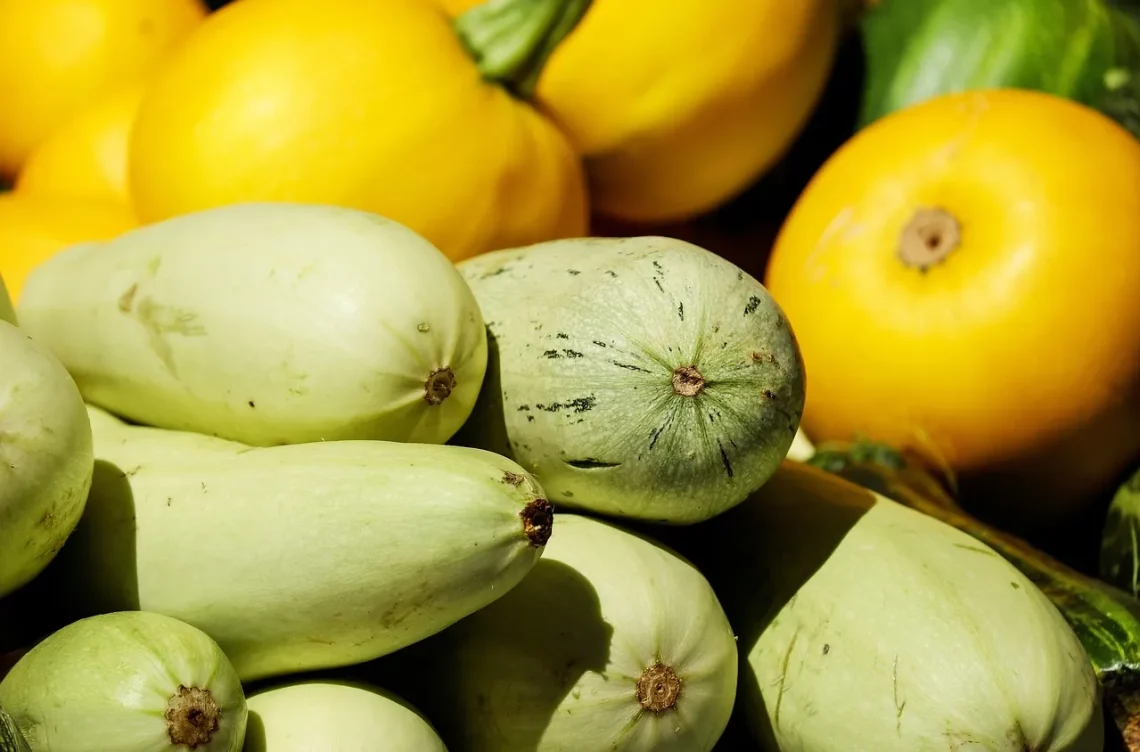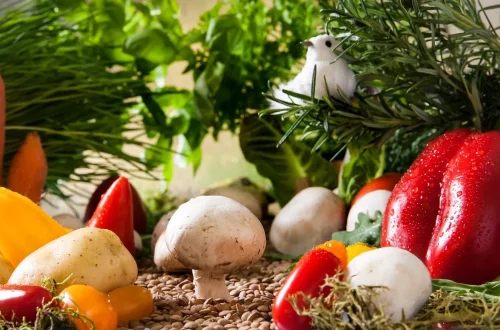
Can Bearded Dragons Eat Romaine Lettuce Safely and Healthily?
Bearded dragons are popular exotic pets known for their unique personalities and relatively easy care requirements. As with any pet, providing a balanced and nutritious diet is crucial for their health and wellbeing. These reptiles originate from arid regions of Australia and have adapted to consume a wide variety of foods, including insects, vegetables, and fruits. The dietary needs of bearded dragons can change with age, activity level, and overall health, making it essential for owners to understand what constitutes a healthy diet for their scaly companions.
One commonly debated food option in the bearded dragon community is romaine lettuce. While leafy greens are a staple in many reptile diets, not all greens are created equal. Romaine lettuce, known for its crisp texture and high water content, often raises questions among pet owners regarding its safety and nutritional value. Understanding the role of various greens, including romaine, in a bearded dragon’s diet is vital for ensuring that these reptiles receive the necessary vitamins and nutrients to thrive. In this article, we’ll explore the nutritional aspects of romaine lettuce, its potential benefits and drawbacks, and how it fits into a balanced diet for bearded dragons.
Nutritional Profile of Romaine Lettuce
Romaine lettuce is often praised for its crispness and refreshing taste, making it a popular choice for salads and sandwiches. But what about its nutritional content? Romaine lettuce is predominantly composed of water, accounting for about 95% of its weight. This high water content can be beneficial for hydration, particularly in reptiles that may not drink water regularly. However, when it comes to essential nutrients, romaine lettuce falls short compared to other leafy greens.
One of the main benefits of romaine lettuce is its low calorie content, which can make it an appealing option for bearded dragons that need to manage their weight. Additionally, it contains some vitamins A and K, as well as folate and manganese. Vitamin A is crucial for vision and immune function, while vitamin K plays a role in blood clotting and bone health. However, the amounts of these vitamins in romaine lettuce are relatively low when compared to other leafy greens such as kale or collard greens.
Another important aspect to consider is the presence of calcium and phosphorus in romaine lettuce. Bearded dragons require a delicate balance of these two minerals for proper bone health. Unfortunately, romaine lettuce is not a significant source of calcium, and its phosphorus content can be relatively high. This imbalance could potentially lead to health issues, including metabolic bone disease, if romaine is a primary food source in a bearded dragon’s diet.
In summary, while romaine lettuce can offer some hydration and minor nutritional benefits, it should not be the cornerstone of a bearded dragon’s diet. Instead, it is best used in moderation alongside a variety of other leafy greens and vegetables to ensure that your pet receives a well-rounded diet.
Benefits of Including Romaine Lettuce in a Bearded Dragon’s Diet
Despite its limitations, there are some benefits to including romaine lettuce in a bearded dragon’s diet. One of the primary advantages is its high water content, which can help keep your bearded dragon hydrated. Proper hydration is crucial for all reptiles, and incorporating water-rich foods can complement their overall water intake, especially in warm climates or during the summer months.
Moreover, romaine lettuce can serve as a low-calorie filler in the diet, which can help bearded dragons who may be prone to obesity. By offering romaine alongside more nutrient-dense options, owners can provide a varied diet that keeps their pets engaged and satisfied without overloading them with calories.
Another benefit is the texture of romaine lettuce. Many bearded dragons enjoy the crunchy texture, which can encourage them to eat their greens. A varied texture in their food can stimulate their interest and promote healthy eating habits. Offering romaine lettuce as part of a salad mix can also encourage your bearded dragon to explore new tastes and textures.
It’s also worth noting that romaine lettuce is widely available and relatively inexpensive, making it an accessible option for pet owners. This ease of access can be beneficial for those who may have difficulty sourcing a variety of greens. Just ensure that any lettuce offered is fresh and free of pesticides or harmful chemicals.
Ultimately, while romaine lettuce should not be the sole component of a bearded dragon’s diet, it can play a supportive role when included in a diverse selection of foods. It’s essential to balance it with more nutrient-rich options to ensure that your bearded dragon receives all the necessary vitamins and minerals for optimal health.
Potential Risks of Feeding Romaine Lettuce to Bearded Dragons
While there are some benefits to including romaine lettuce in a bearded dragon’s diet, it is essential to be aware of the potential risks associated with this leafy green. One of the primary concerns is the imbalance of calcium and phosphorus. As mentioned earlier, romaine lettuce contains relatively high phosphorus levels and low calcium levels, which can lead to metabolic bone disease if fed in excess. This condition can occur when reptiles do not receive adequate amounts of calcium in relation to phosphorus, leading to weakened bones and other health issues.
Another issue is the possibility of pesticide contamination. Romaine lettuce is often treated with chemicals to prevent pests and diseases during its growth. If not washed thoroughly, these chemical residues can harm your bearded dragon. It is crucial to rinse any produce thoroughly under running water before offering it to your pet to minimize the risk of chemical ingestion.
Additionally, the high water content in romaine lettuce may lead to diarrhea if fed in large quantities. While hydration is essential, excessive water intake from romaine can upset the digestive system of a bearded dragon. It’s important to monitor your pet’s stool consistency and overall health when introducing any new food into their diet.
Lastly, some bearded dragons may simply refuse to eat romaine lettuce. Individual preferences can vary significantly among reptiles, and some may not find the taste or texture appealing. If your bearded dragon is not interested in romaine, it is best to focus on other greens that they enjoy and that offer better nutritional profiles.
In conclusion, while romaine lettuce can be included in a bearded dragon’s diet in moderation, it is essential to be aware of the potential risks. Always prioritize a balanced diet with a variety of nutrient-rich foods to ensure your bearded dragon remains healthy and vibrant.
**Health Disclaimer:** This article is for informational purposes only and should not be considered medical advice. If you have concerns about your pet’s health or diet, please consult a qualified veterinarian for professional guidance.




